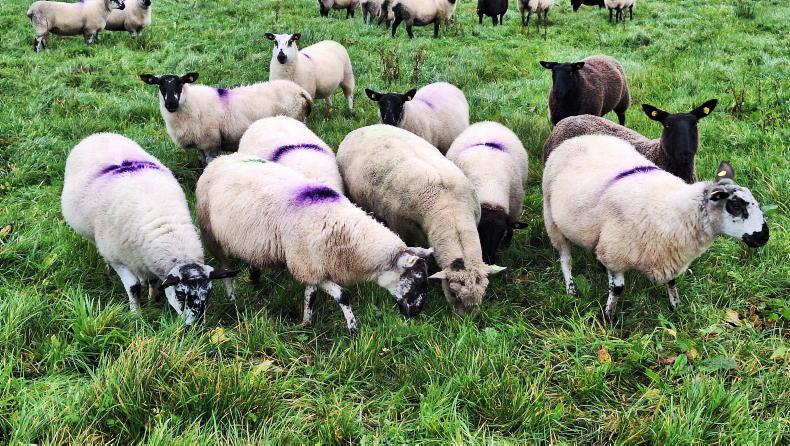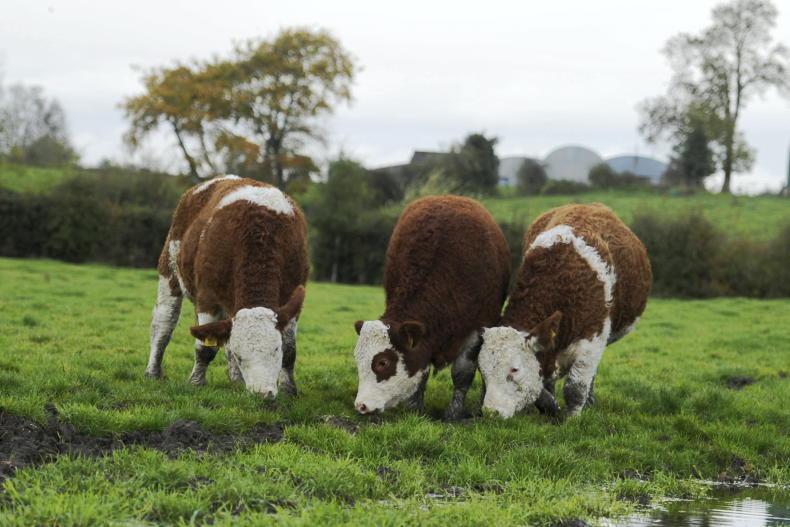Looking at Met Eireann agricultural data for the past week, it’s been very much a contrasting week weather-wise.
Claremorris weather station in Co Mayo recorded only 8% of its normal rainfall for the time of year (2.3mm), while Johnstown Castle saw 177% of its normal rainfall hit (47.7mm).
Farmers in the western half who had housed stock in previous weeks have seen ground dry up somewhat, with some getting stock back out to get some of the drier land grazed off.
In the east, it was very much the opposite, where farmers had to house stock as incessant rainfall led to rapidly deteriorating grazing conditions.
Soil temperatures above normal
Unsurprisingly, soil temperatures are still up above normal and, as a result, growth is still strong.
The challenge will be to make sure that any heavy covers are grazed off properly amid this wet weather before closing up for the winter.
Last week in the dairy grass notes I spoke of targeting any clover paddocks to prevent heavy cover suffocating clover out of swards and this advice remains.
The ideal is to graze these paddocks last, but if it comes down to it and an opportunity arises in the next week or two, these clover swards should be nipped out.
Aside from clover swards, now is the time to graze off the first paddocks that will be targeted in early February or whenever turn-out occurs. Dry paddocks
These paddocks should be dry, sheltered, close to the yard and with good access. Grazing these off now will mean that they have an ideal cover (below 1,000kg DM/ha) on them come next spring.
Aside from that it’s a case of extending the grazing season without doing significant damage. While the grass quality is variable at this time of year, grazing off covers will allow for new growth over the winter and better-quality swards that are easier grazed out in spring.
Closing covers should be 600kg to 650kg DM/ha and even if ground conditions allow it, the plug should be pulled on grazing if average farm cover dips below this to ensure sufficient grass for spring 2024.










SHARING OPTIONS